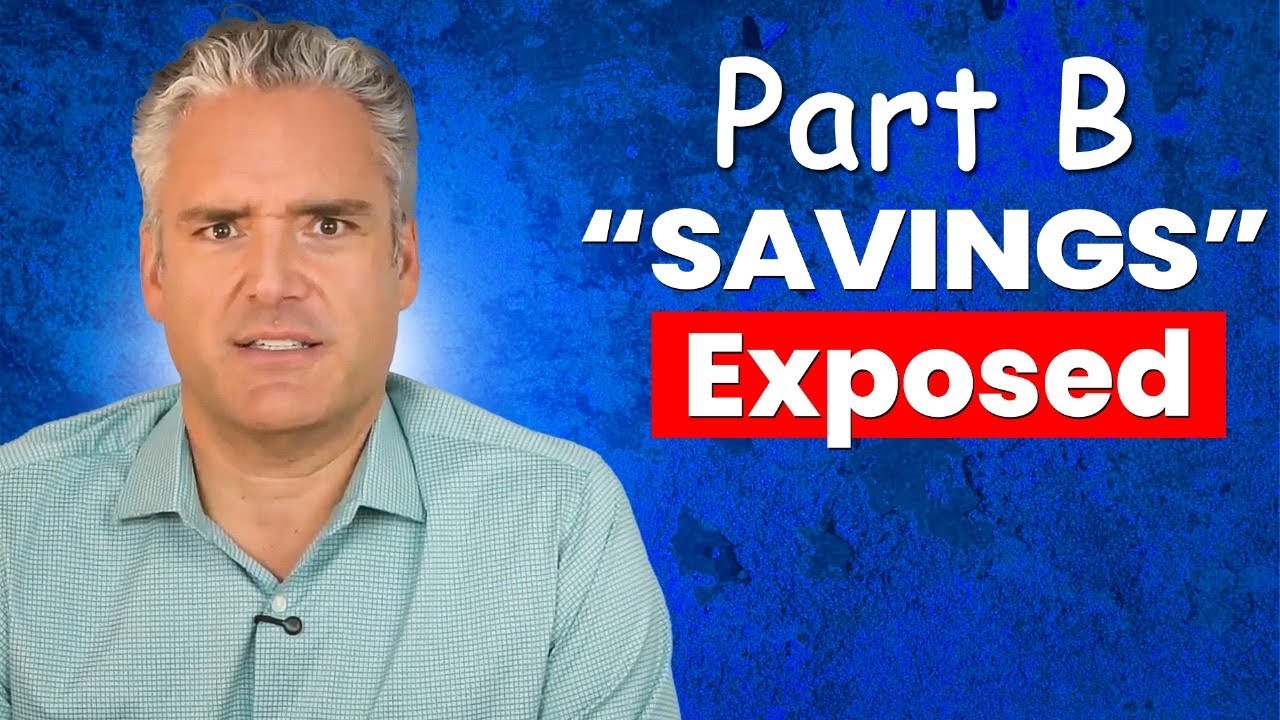Let’s cut to it: Will a giveback plan actually save you money—or take it back somewhere else? If you’re seeing “lower your Part B cost” ads, that sounds great. But the real question is: What happens to your doctors, your drug costs, your network, and your out-of-pocket risk when a plan spends its benefit dollars on a giveback instead of other benefits?
Watch: Why The Medicare “Giveback” Plan Might Cost You More Later
Key Takeaways
-
A giveback isn’t “extra money.” It’s a reduction of your Part B premium funded by plan benefit dollars—money that could’ve supported other benefits.
-
Trade-offs are common. Giveback plans often tighten networks, trim extras, or raise certain copays to make the numbers work.
-
They’re hyper-local. Availability and amounts vary by county and can change year to year.
-
Stability matters. Giveback amounts and benefits can shrink or disappear, forcing you to shop again next fall.
-
Don’t judge by one number. Compare MOOP, network, specialists, and your drugs before you chase a smaller deduction.
What a “Giveback” Really Is (Plain English)
A giveback plan is a Medicare Advantage plan that uses some of its benefit dollars to lower what you pay for Part B each month.
-
If you’re on Social Security, you might see a slightly larger deposit because less is being deducted.
-
If you pay Part B directly, you’ll owe less on that bill.
-
It’s not a bonus check or a separate debit card. It’s a reallocation of benefits.
Matt’s take: There’s nothing wrong with liking lower monthly costs. Just remember: those dollars have to come from somewhere.
The Hidden Trade-Offs You’ll Want to Check
Before you get too excited about that lower premium or giveback credit, it’s worth asking how the plan makes those savings possible. Often, the dollars that make one part of your plan look cheaper get balanced somewhere else, usually in access, benefits, or flexibility.
Here’s where those hidden trade-offs start to show up.
Smaller Networks (The Big One)
Plans manage costs by tightening networks. That’s fine—until you need a new specialist or your favorite derm drops off the list.
Quick test: Are your primary care, specialists, and hospitals in-network for the coming year? Don’t assume.
Benefits That Quietly Shrink
When dollars go to a giveback, plans may trim dental/vision/hearing, OTC allowances, transportation, or specialist copays.
Heads up: These changes aren’t always front-and-center in ads.
The Stability Factor
Giveback plans change more often than many other plans. The giveback amount itself can go up or down next year, and some plans disappear.
If you prefer “set it and forget it,” this flavor may test your patience.
Who Might Actually Like a Giveback Plan?
-
You rarely see specialists.
-
Your doctors are already in-network.
-
You’re comfortable comparing plans every fall and adjusting as needed.
-
You’re budget-conscious month to month and okay trading some flexibility for lower deductions.
Who Should Slow Down (Or Look Twice)?
-
You need multiple specialists or want broader access.
-
You travel frequently or split time in different locations.
-
You value richer dental/vision/hearing or hate shopping plans every year.
-
You care more about predictability than shaving a few dollars off Part B.
The Checklist That Matters More Than a Part B Reduction
-
Network: Primary care, specialists, hospitals—confirmed for next year.
-
Prescription Drugs: Run your medications to check tiers, deductibles, and pharmacy pricing.
-
MOOP (maximum out-of-pocket): Your real financial risk ceiling if something big happens.
-
Access & convenience: Urgent care proximity, referrals required, PPO vs. HMO implications.
Tip: Good Medicare planning isn’t just what you pay each month—it’s what you could pay when life happens.
FAQs
Is a giveback plan “free money”?
No. It’s a Part B premium reduction funded by plan benefit dollars—often offset elsewhere.
Why are giveback plans different from county to county?
Medicare Advantage is filed locally. Two neighboring counties can have completely different options and amounts.
Can my giveback change next year?
Yes. Giveback amounts and benefits can move—even disappear—so plan to review annually.
Are giveback plans bad?
Not inherently. They’re tools. For the right person, they can provide value. For others, the trade-offs aren’t worth it.
What To Do Next
-
Open your ANOC (Annual Notice of Change) and compare network, MOOP, specialist copays, and drug tiers line-by-line.
-
Verify providers for next year—don’t assume last year’s network equals next year’s.
-
Price your meds using the official plan comparison tools to see your real 12-month costs.
-
Want a second set of eyes? Get a no-pressure review of your doctors, drugs, and plan options. The goal is clarity—not a sales pitch.


